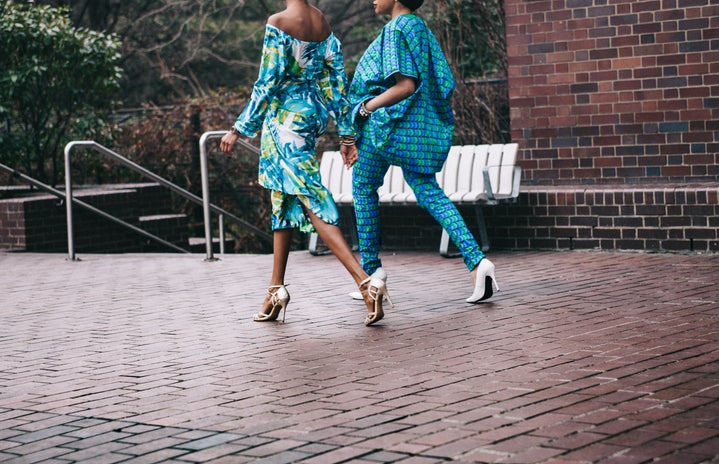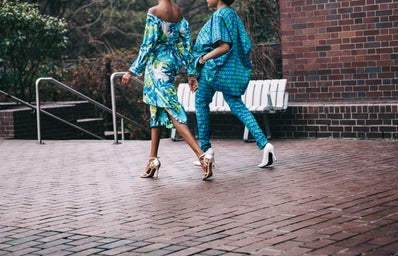The ‘60s were a time of individuality, elegance, and glamour. With fashion icons like Jackie Kennedy and Twiggy, the ‘60s were years that made their mark in beauty history.
In the mid-sixties, hemlines became shorter, and that’s when the first miniskirt was introduced into the fashion world.
Although women often wore tights, this was the first time women exposed their legs that much.
This transitioned into the idea of confidence and choice for women.
A woman was seen as more confident the shorter the dress or skirt she wore.
The motivation behind this was not to attract men, but to attract attention.
In the ‘60s women could choose if they wanted attention, and who they gave their attention to.
Twiggy, a famous model from the time,was a woman who portrayed this through her work, style and personality.
Although the dresses got shorter, they shifted from being super form fitting around the waist to being what we know as a shift dress.
This type of dress is shapeless, often with oversized collars or buttons to make the woman appear smaller.
A lot of women wore bright and fun colors such as red, green, yellow and blue for extra spunk.
The collars and buttons would either match or contrast the rest of the dress by being white.
When a woman wore a dress, people expected that she wore tights underneath.
Although tan, skin-tone colors were acceptable, it was best to wear colorful tights that matched the color of the dress itself.
The colors were also attributed to the increasingly popular pop art aesthetic.
Matching was a huge trend during the ‘60s.
Many women drooled over the elegance Jackie Kennedy portrayed through her matching sets.
Her style was simple yet coordinated, classy yet fun and well fitted with plenty of coordinating accessories.
Jackie often wore dresses with no collar and paired a jacket over the top of them, usually with a single button.
She wore kitten heels, which she popularized and accessorized with matching hats, purses and jewelry.
The ‘60s were also the decade that introduced hippie culture and fashion.
Bell bottom jeans were now seen on the streets.
These jeans were geared more toward the younger generation at the time, whereas the older women modeled their style after Jackie.
The women and girls sporting flared jeans often had long hair to add to the hippie aesthetic.
To top it all off, you absolutely had to have some fringe somewhere in your outfit!
One of the biggest, yet underrated, changes that happened to fashion in the ‘60s was the way shirts and sweaters were worn.
Now, instead of being tight and form fitting to accentuate the bust and waist like in the ‘50s, shirts were made straight and loose and weren’t tucked in.
This might not sound like the biggest deal, but prior to the ‘60s women would never leave the house with a shirt or sweater untucked.
The style of the ‘60s was so remarkable that it still influences fashion and beauty today.
Many women still admire Jackie for her classic style and sophistication.
Others, especially the current younger generations, have embraced bell bottom jeans as if they never went out of style.
Thanks to the changes and progression made in this decade, women today can dress however they want — for themselves and not for others.


